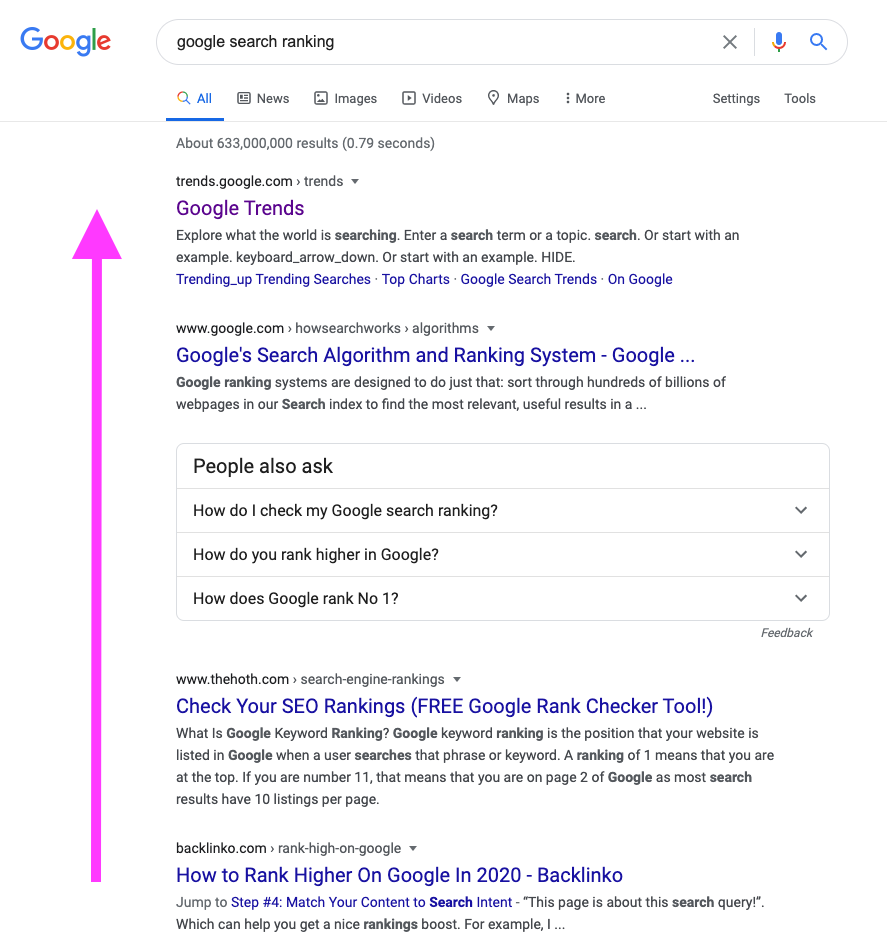
Resources to help you get savvy with lean market research. Including updates on live test campaigns, case studies, industry news, marketing tools, articles and company updates.
Featured Posts
Welcome to 2021 🎉
Good luck this year! If we've learned anything from 2020 it's to expect the plan to change and don't wait. If there's a thing you need to do, go and do it.

How to Find a Good Business Idea
Stress testing your idea by discussing it with real target customers is the way.

Google Search Rankings - 2020 Update from Backlinko
Google search rankings involve factors that affect where your page sits in the search results (SEO). We don’t know exactly what goes into the algorithm, but we have a pretty good idea based on research done by groups like Backlinko. Here’s their 2020 update.

The #1 Reason Startups Fail
Most startups fail due to “no market need”. Meaning not enough people are interested in your idea to begin with. Learn how lean market research can help.
Get Savvy on Testing
Subscribe to get resources like this one in your inbox.
You can unsubscribe anytime. For more details, review our Privacy Policy.


Read the story of a top performing test campaign. We clocked Curiosity at 108% above benchmark, Cost at 22% below benchmark, and Demand at 21% above benchmark. All while acquiring 115 signups (real people) in 6 weeks. Gumshoe is now in development and being built with confidence.